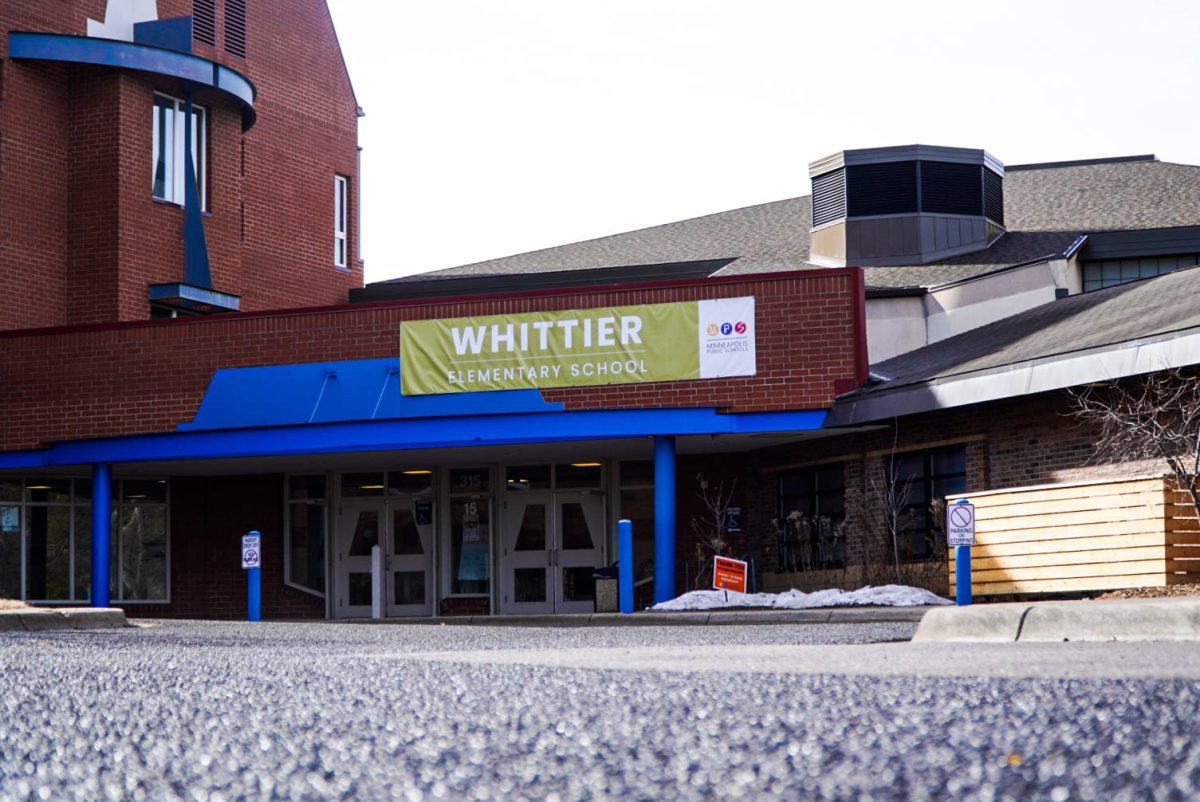While University of Minnesota area community members have expressed concern about safety on light rail platforms, local officials say current crime trends mirror past years.
Light rail platforms around the University have been the site of recent violent crimes, including a June 19 assault and robbery near the West Bank station and an assault and attempted robbery in mid-May at the East Bank station. But officials say the perception of heightened criminal activity does not reflect actual crime rates.
At a June 11 safety meeting in Cedar-Riverside, home to two of the five stations around the University, residents voiced concerns about robberies on platforms and individuals coming into the neighborhood via the light rail and committing crimes. MPD officials and community members at the meeting discussed gangs from St. Paul using the light rail to come into the neighborhood. MPD spokesperson Darcy Horn declined to comment on this issue, citing it as an ongoing investigation.
University professor and Prospect Park Association member Evan Roberts said the opposite side of the University campus doesn’t have many concerns about the light rail, historically and as of late.
“Largely, we’ve been working on transportation things but we occasionally have concerns brought to us about that crime and other sort of personal safety,” Roberts said.
Metro Transit Police Interim Chief A.J. Olson said 2019 year-to-date crimes at stations around the University are close in number to previous years and remain fairly low compared to downtown stations in Minneapolis and St. Paul. The University of Minnesota Police Department’s presence on campus bolsters coverage at campus-area stations, he said.
“Whenever serious crime of any kind occurs at a light rail platform or within the area of a platform where we may be answering the call, we make sure that [UMPD] not only knows about that call but that they have all the details required … and actually work together to solve that crime,” Olson said.
Perceived criminal activity persists occasionally due to rumors, according to Metro Transit Public Relations spokesperson Howie Padilla. He said false reports of teenagers with metal pipes and hammers assaulting passengers on platforms circulated last month, gaining national attention. Denouncing all false reports immediately, as well as diverting resources to those areas and coordinating with other local law enforcement, help eliminate that perception, he said.
“That’s what I appreciate the most about the collaboration with the [University], specifically with the police department and being able to knock down some of those false rumors quickly,” Padilla said.
The Metro Transit Police Department has 35 to 40 officers assigned to riding the light rail and commuter train per week, and each station has between six and 20 surveillance cameras depending on its size and location, according to Padilla.
“Much of what we do is not about addressing crime, it’s about addressing the perception of how safe our passengers feel when they’re using the light rail system,” Olson said. “If we can just make them have some sense of comfort while they’re coming and going, and if that’s done by just having some presence, we can do that.”







